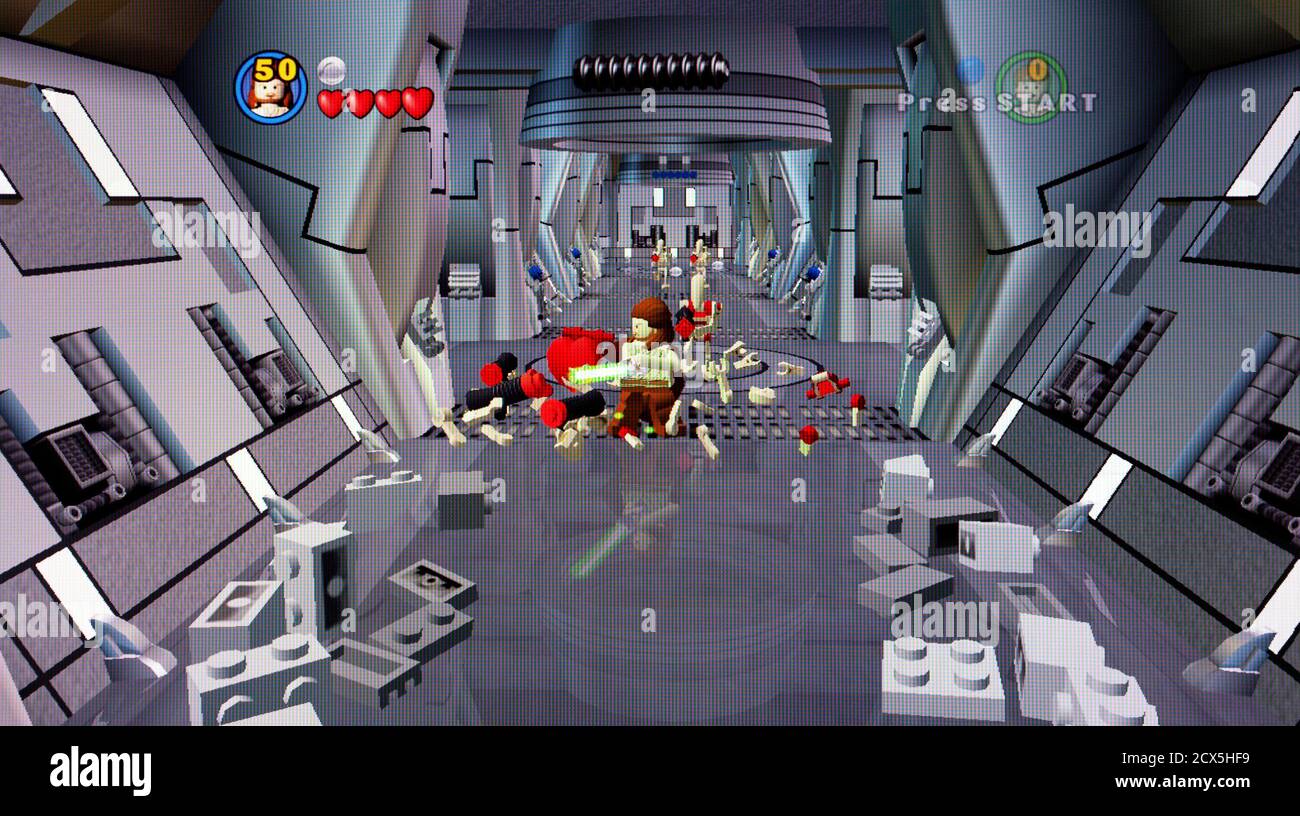
What certainly didn't hurt was that it was the most powerful gaming console on Earth at the time of its release (or at least the most powerful gaming console people cared about the Nintendo GameCube, released a year later, was more powerful than the PS2 but set back by its use of a lower-capacity storage format) and one of the first to truly compete with the processing power of PCs, which helped to generate a ton of excitement on its own, especially for those too young or too technophobic to understand the significance of the DVD format and just cared about gaming.


These factors, coupled with backward compatibility (the games, controllers, and memory cards released for the original PlayStation could be used with the new system, since its IO processor was an original PlayStation on a chip) and a relatively-low pricetag (cheaper than most dedicated DVD players released at the time, in fact), made the PS2 an extremely attractive system for both players and developers (the system was actually the hardest of its generation to develop for, but offset that by also being the most commercially enticing platform). note PS2 games made use of both the CD and the DVD format, which were Color-Coded for Your Convenience: CD-based games were blue (compared to the black CDs used for PS1 games) and DVD-based games were silver.

It also made use of the emerging DVD format, which was still in its infancy. Instead of the ordinary gray color scheme and top-loading CD drive of the original, the PS2 featured a sleek black body, a front-loading disc tray, an optional vertical stand, and a much more substantial cooling system. The second generation of Sony's PlayStation console, and Sony's entry in The Sixth Generation of Console Video Games, which continued Sony's lead as the top console maker.


 0 kommentar(er)
0 kommentar(er)
